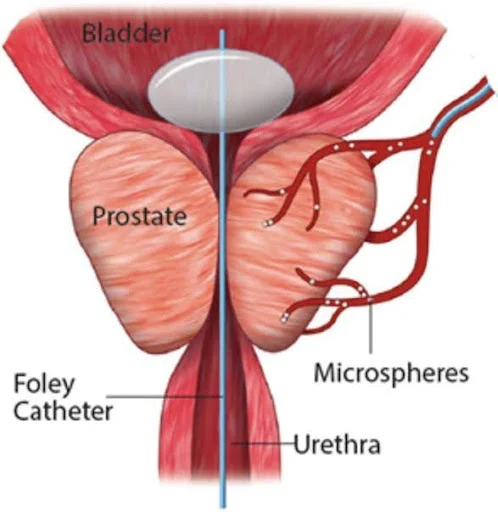Prostate cancer doctors, who specialize in urology and oncology, manage patient care from diagnosis through treatment. These specialists utilize a growing number of advanced techniques, and they work to develop personalized treatment plans for each individual. While a diagnosis can be unsettling, understanding the available treatment options provides a clear path forward. Here is more information about research and advancements in prostate cancer treatment:
Improved Survival Rates
Recent data shows a significant change in patient outcomes due to recent innovations. While statistics from a few decades ago showed lower outcomes, today’s five-year survival rates for localized and regional prostate cancer have increased to almost 100%. This marks a substantial improvement in the effectiveness of modern medical interventions.
Robotic Surgery
Robotic surgery is a form of minimally invasive surgery. Because the prostate cancer doctor operates through small incisions instead of a large one, patients may experience less post-operative discomfort. The surgeon controls a sophisticated robotic system from a console, and this technology provides a high-definition, 3D view of the surgical site. These are the benefits of robotic surgery versus traditional surgery:
- Smaller incisions result in less scarring.
- Reduced post-operative pain and discomfort.
- Shorter recovery times allow patients to return to daily activities more quickly.
- Greater precision minimizes the risk of damage to surrounding tissues.
- There may be a lower chance of infections due to the minimally invasive approach.
Laparoscopic Techniques
Laparoscopic techniques are another minimally invasive option that surgeons may use. The procedure involves a small camera, and the surgeon views the surgical field on a video monitor. Surgeons operate using specialized long-handled instruments inserted through small abdominal incisions.
This approach offers a different set of tactile feedback compared to open surgery. Some surgeons find the method gives them precise control, while others may prefer a different technique depending on the case. The choice between methods often depends on the specifics of the patient’s condition and the surgeon’s expertise.
The surgeon’s skill with laparoscopy is a large factor in the procedure’s application. A surgeon who has performed many of these procedures develops a high level of proficiency. This experience allows for adept maneuvering of the instruments within the confined space of the pelvic region.
Modified Advanced Robotic Technique
A modified advanced robotic technique represents a refinement of standard robotic procedures. This method allows for a very precise removal of the prostate, and it seeks to minimize disruption to the surrounding nerves and tissues. The technique is performed using the same robotic platform as other robotic surgeries, although the surgical approach is slightly different.
This refined approach prioritizes preserving critical structures to improve post-surgical outcomes, including urinary continence and sexual function. By leveraging enhanced magnification and stability provided by the robotic platform, surgeons can achieve more delicate dissections. The goal of the modified advanced robotic technique is to combine precision with safety, ensuring optimal care for patients undergoing prostate surgery.
Find a Prostate Cancer Doctor
Finding a specialist is a key step after receiving a diagnosis. A qualified urologist or oncologist can explain your specific situation, and they may discuss the treatment paths available to you. When you are ready to explore your options, schedule a consultation with a prostate cancer specialist to discuss your individual care plan.



